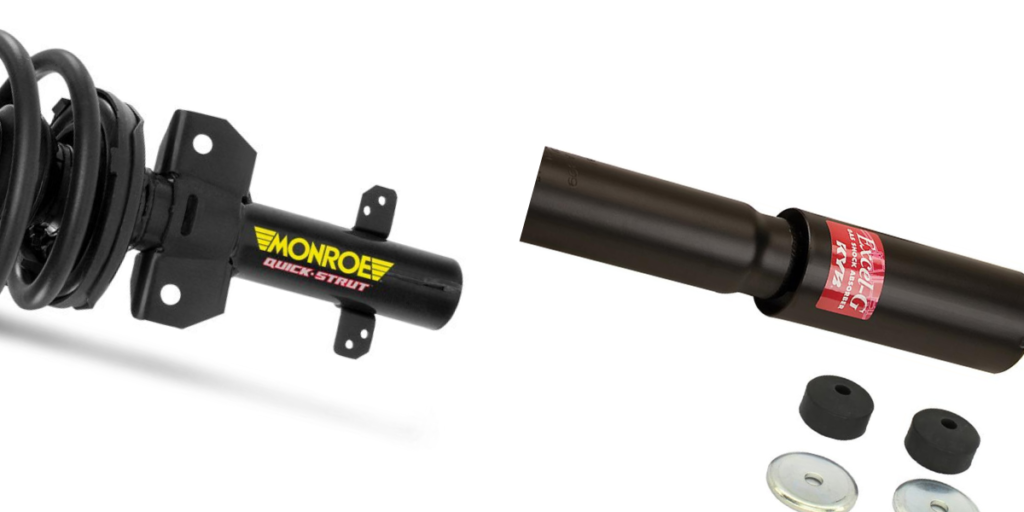It’s a good practice to check your vehicle’s oil once a month to ensure there’s enough of it. So, while checking the oil levels, you might see that it’s quite low. The question that might pop up in your head is, “Can I Add Oil Instead Of Changing It?”
If you add new oil instead of draining the old one, it might cause some issues. It can make your existing oil sludgy and hamper the filter too. So, you can use a dipstick and consider other factors to do the best for your vehicle’s oil.
Want to know more? This post will walk you through everything you need to know about oil changing.
What’s the Difference between Changing and Adding Oil?
Even if you’ve heard that changing and adding oil to your vehicle are the same – in reality, they aren’t. There are slight differences between these practices.
When you’re adding oil to your car, you’re basically just pouring new oil on top of the old oil. However, the existing oil might contain impurities such as dirt, debris, or metal shavings from internal car parts. All this can get mixed up with the fresh layer of oil you’re adding.
On the other hand, if you’re changing the oil completely, you’ll drain the existing amount of oil. Along with pouring fresh oil, you might also replace the oil filter. As a result, all the dirt and impurities will get washed away for sure.
Changing the oil will also lubricate the vehicle’s parts properly and keep the car running smoothly.
Is It OK to Add New Oil on Top of Old Oil?
As the engine oil works all the internal components to run your vehicle properly, it doesn’t stay clean all the time. Moreover, the engine contains metallic parts that rub against each other. So, when this happens, small metal shavings may come off and end up in the oil.
You also have to deal with your filter. It is an important component that keeps your oil clean. However, if you don’t maintain it, the dirt and grime will stick to it. As a result, it won’t work as it used to, and your oil will keep collecting all the dirt.
So, if you pour new oil on top of this dirty old oil, the result won’t be pretty. Now, this oil will become thick and sludgy. It won’t be able to lubricate the car parts as it did before.
As a result, your engine and other parts might not operate smoothly. In addition, it might to the engine getting hotter than before, which isn’t good for your car’s health. On top of all this, your newly added oil isn’t able to lubricate any parts, too, as the oil mix is too thick.
In short, the addition of new and old oil can create complete chaos in your car!
Checking the Oil Level
Whether you decide to add or drain oil from your vehicle, you need to check its level. That will give you a basic idea if you need an oil top-off or a full service/refill.
So, you can start by making sure your engine has cooled down. If it is, then follow these steps –
- Pull out the oil dipstick and wipe it clean with a soft cloth. Then, push the dipstick back again.
- After waiting a few seconds, pull it out to inspect the color, smell, and oil level.
- If the oil smells like fuel and a little sweet, you might need to get it checked. Further, if its shade isn’t red, green, pink, or black, it might be dirty.
- Lastly, you have to check the Min and Max indicator on the dipstick. If the oil level falls below the minimum mark, you’ll have to feed more oil to your vehicle.
- If the oil levels are too high, there might be some underlying issues. These may include accidental overfilling, condensed fuel, and the coolant leaking inside your engine.
Why Does It Look Dirty?
An excellent way to answer “Can I Add Oil Instead Of Changing It?” is to check the oil quality or texture.
Always remember that clean oil looks very clear and isn’t too thick. However, if your engine’s oil has a cloudy and gritty texture, it means the lubricating constituents are overheating. That can cause issues in lubrication. So, you need to change this oil or take your car to the service center.
You can even consider using an additive with oil. Some leading brands of additives are Marvel Mystery and Seafoam.
Be sure not to add any fresh layers of oil on top of this dirty oil. It’s because it might spoil the lubricating components of both oils.
Ideal Time for an Oil Change
Your vehicle’s oil-changing schedule will depend upon its model type, current oil condition, mileage, and make. So, you can start by checking the vehicle manual for more information.
As per industry standards, you must change the oil every 3000 miles. However, depending upon the make, your manual may recommend changing it between 5000 and 7000 miles. Also, the type of oil you pick – synthetic, conventional, or high-mileage – makes a difference in its longevity.
It is recommended that you contact the service center or your car dealer for more guidance.
Wrap Up
By now, your question “Can I Add Oil Instead Of Changing It?” must have been answered properly. Changing your oil and keeping its levels in check are the most efficient ways of maintaining your vehicle.
Thus, if you wait too long to change your vehicle’s oil, your engine and other parts may miss out on the required lubrication.
As a result, your engine may heat up and not function smoothly. It can even damage a gasket! Therefore, it’s important to add new oil and drain the older one timely. You may not realize it now, but this simple step will save you a lot of cash on vehicle repairs in the future.





